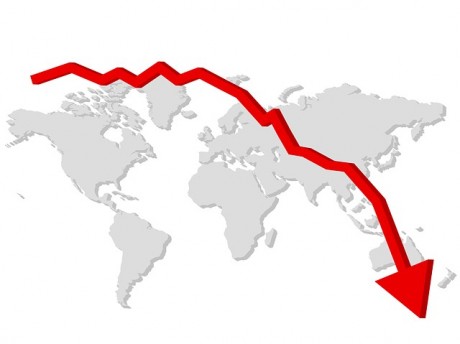One of the most important banks in the western world says that the 7th largest economy on the entire planet has entered a full-blown economic depression.Brazil’s economy has now contracted for three quarters in a row, and many analysts believe that things are going to get far worse before they have a chance to get any better.Earlier this year, I warned about “the South American financial crisis of 2015“, and now it is in full swing.The surging U.S. dollar is absolutely crushing emerging markets such as Brazil, and if the Fed raises interest rates this month that is going to make the pain even worse.

The global financial system is more interconnected than ever before, and the decisions made by the Federal Reserve truly do have global consequences.So much of the “hot money” that was created by the Fed poured into emerging markets such as Brazil during the good times, but now the process is starting to reverse itself.At this point, it is hard to see how much of South America is going to avoid a complete and total economic disaster.
It is one thing for Michael Snyder from the Economic Collapse Blog to say that the Brazilian economy has entered a “depression”, but it is another thing entirely when Goldman Sachs comes out and publicly says it.The following comes from a Bloomberg article that was just posted entitled “Goldman Warns of Brazil Depression After GDP Plunges Again“…
Latin America’s largest economy shrank more than analysts forecast, as rising unemployment and higher inflation sapped domestic demand, pulling the nation deeper into what Goldman Sachs now calls “an outright depression.”
Gross domestic product in Brazil contracted 1.7 percent in the three months ended in September, after a revised 2.1 percent drop the previous quarter, the national statistics institute said in Rio de Janeiro. That’s worse than all but three estimates from 44 economists surveyed by Bloomberg, whose median forecast was for a 1.2 percent decline. It also marks the first three-quarter contraction since the institute’s series began in 1996, and a seasonally adjusted annual drop of 6.7 percent.













Leave A Comment